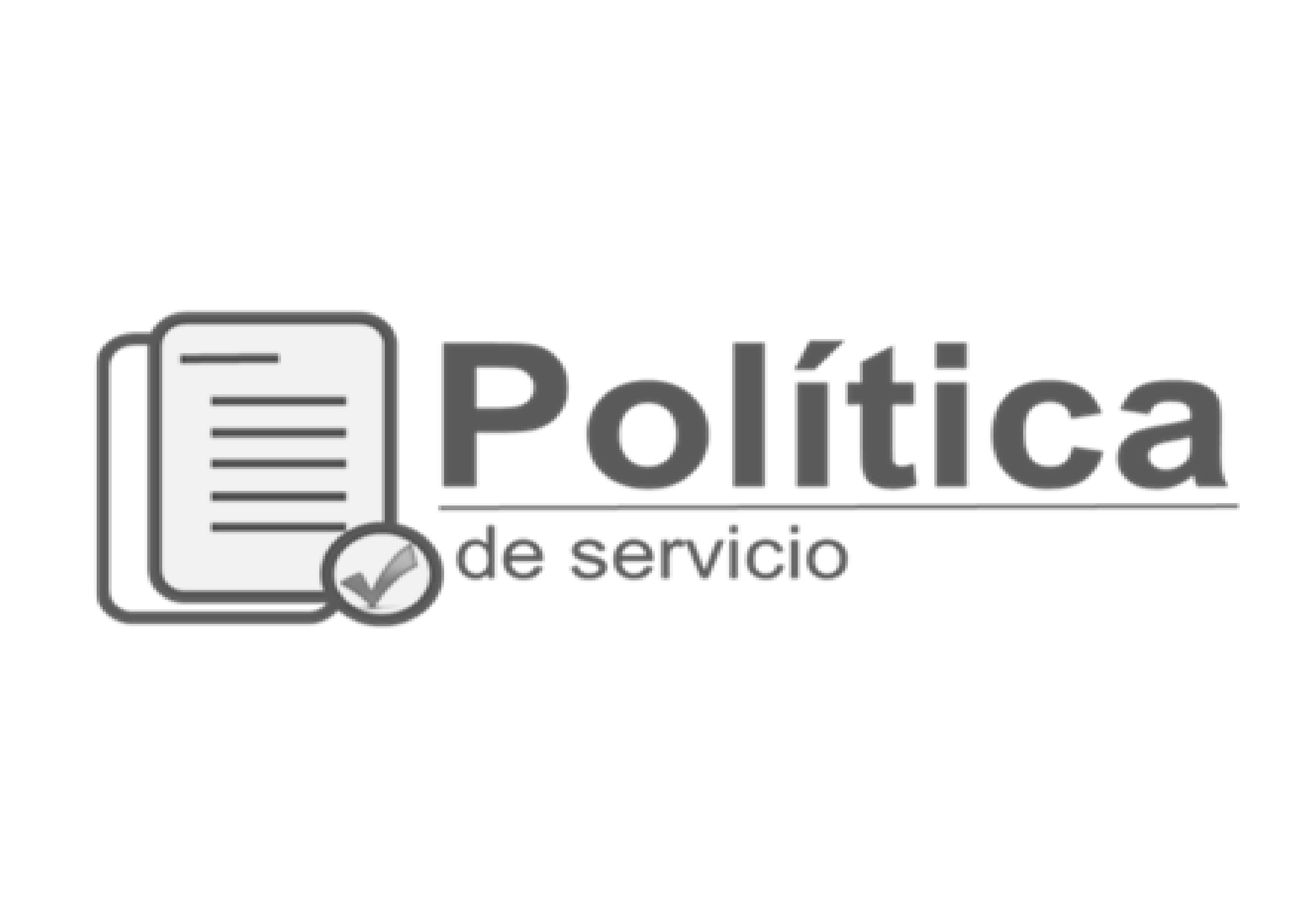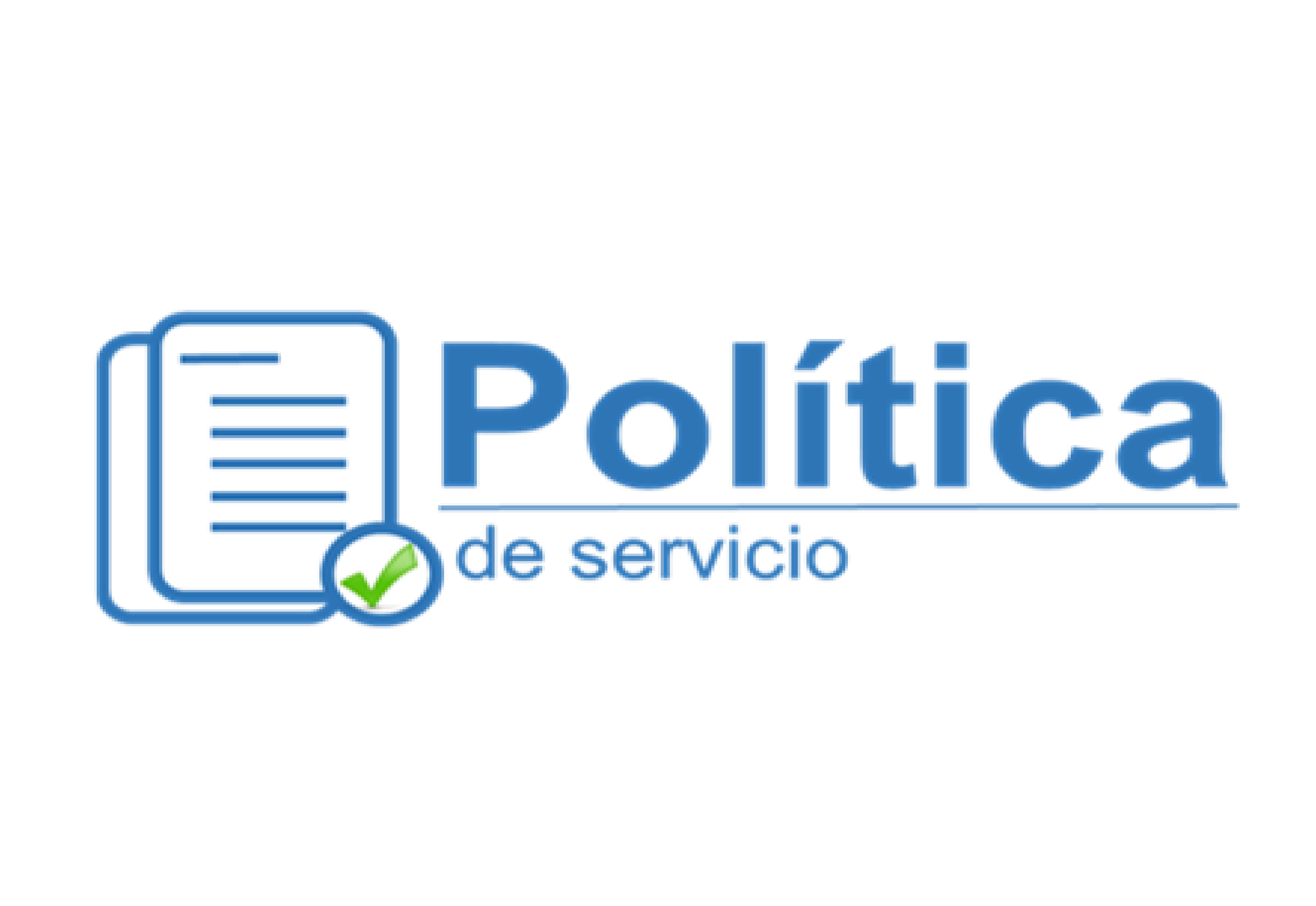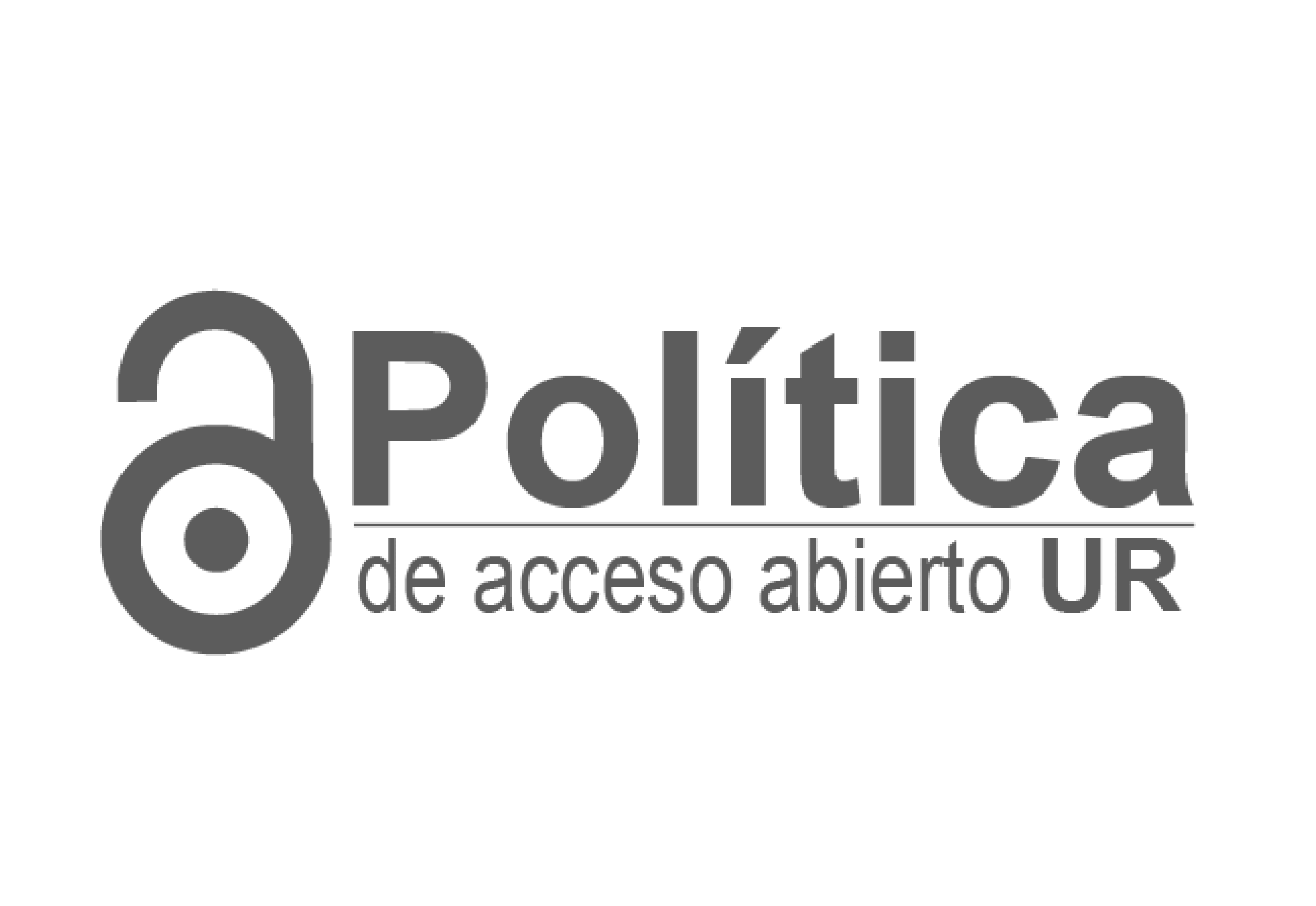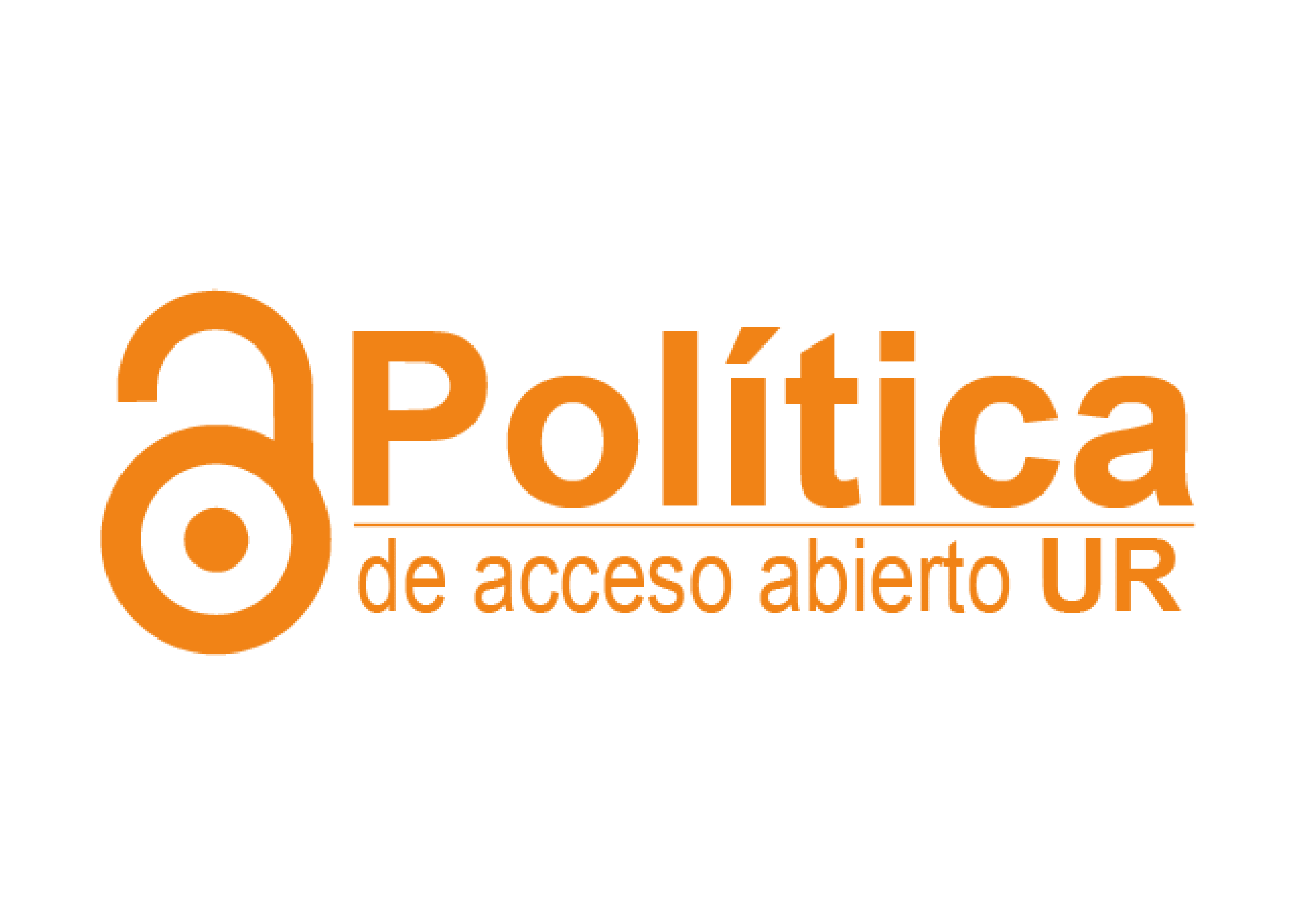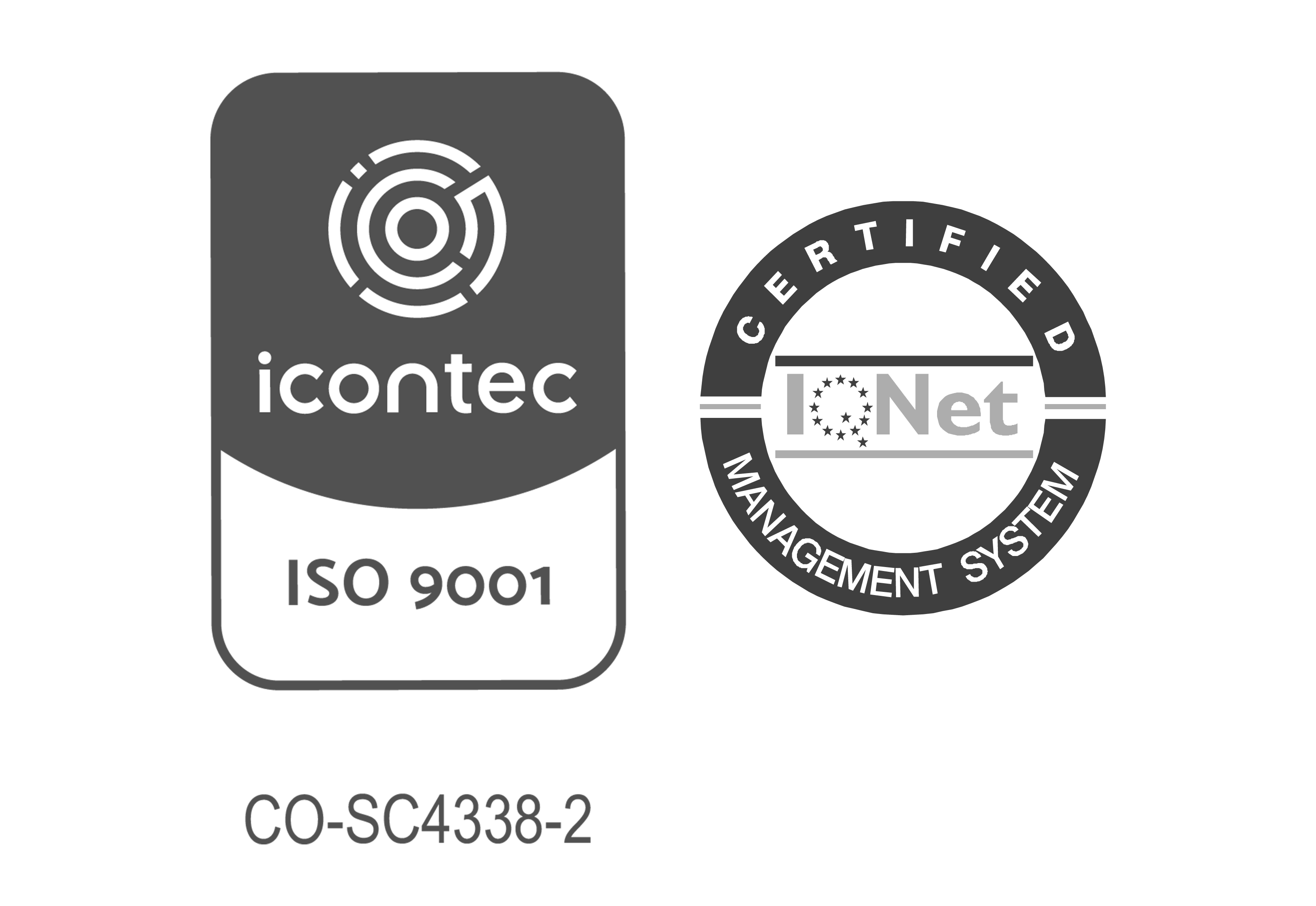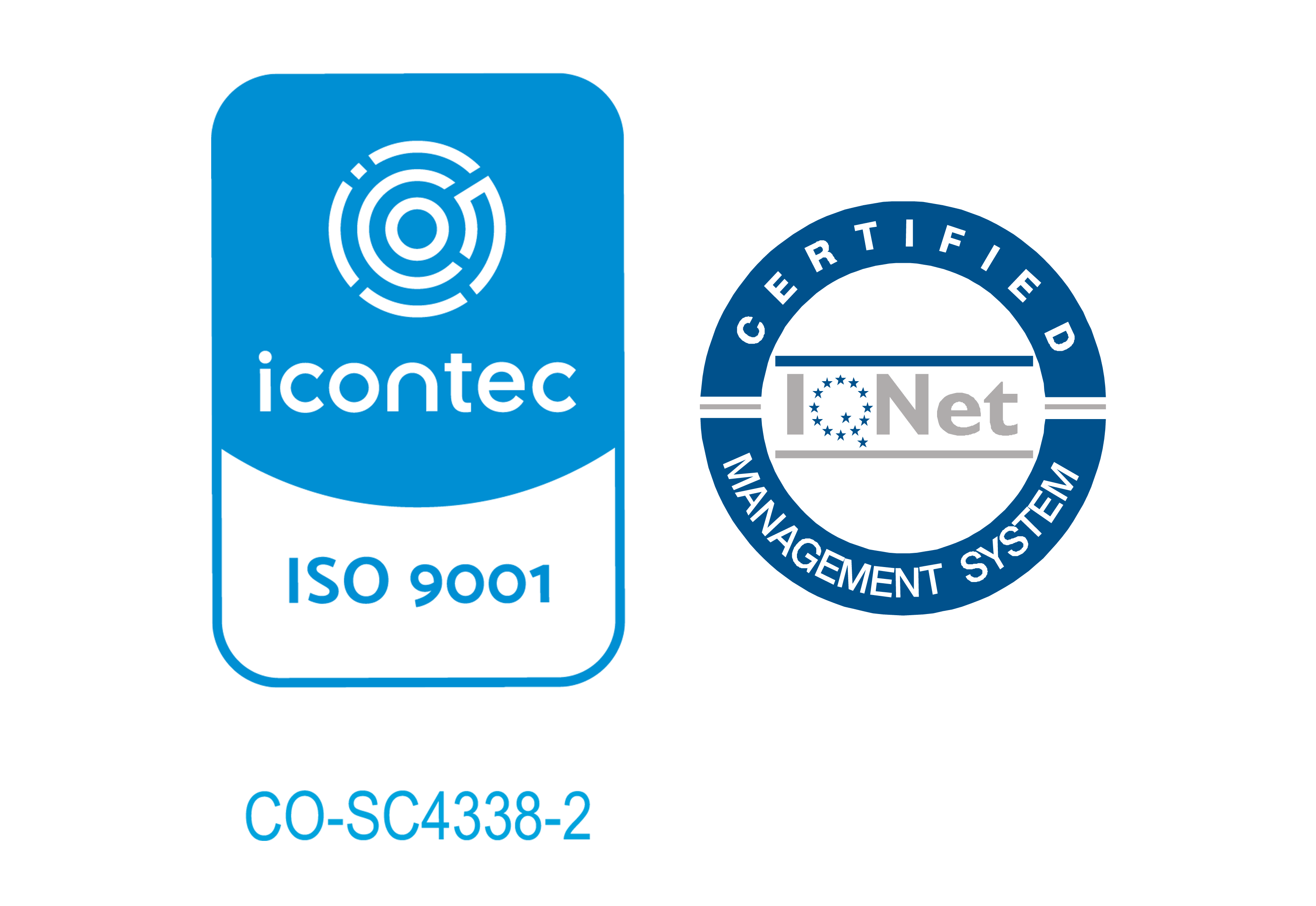Cover; Half Title; Series; Title; Copyright; Dedication; Contents; List of figures; List of tables; Acknowledgements; 1 CL and pragmatics -- an introduction; 1.1 Corpora and corpus linguistics; 1.2 Pragmatics; 1.3 Corpus pragmatics; 1.4 Chapter structure; 1.5 A note on BNC transcripts and BNCweb; 1.6 How to get registered for BNCweb; 1.7 Working with BNCweb; 2 CL and speech acts; 2.1 Introduction; 2.1.1 Structure of speech acts; 2.1.2 Performative/constative dichotomy; 2.1.3 Form-function mismatch; 2.1.4 Searle's (1976) taxonomy of illocutionary acts; 2.1.5 Indirect speech acts
2.1.6 What motivates indirect speech acts?2.2 Focus: Corpus research on the speech act expression 'Why don't you'; 2.3 Task: Exploring Why not + V speech acts in BNCweb; 2.4 Further exercises; 2.4.1 Different speech acts performed by the same utterance: the case of "oh I don't know"; 2.4.2 Comparing speech act expressions: 'Can i' vs. 'Can you'-formatted speech acts; 2.4.3 Comparing speech acts: Ferguson/Missouri, August 9, 2014; 3 CL and deixis; 3.1 Introduction; 3.1.1 Deixis and reference; 3.1.2 The deictic origo; 3.1.3 Deictic projection; 3.1.4 Deictic fields
3.2 Focus on social deixis and short-term diachronic change3.3 Task: Deictic projection in the use of constructed dialog; 3.4 Further exercises; 3.4.1 Deixis and reference patterns of the definite article the; 3.4.2 Deictic proximity manipulation in 'wondered/was wondering if'-formatted requests; 3.4.3 Deictic anchoring; 4 CL and pragmatic markers; 4.1 Introduction; 4.1.1 Keyness and frequency in conversation; 4.1.2 Functions; 4.1.3 Positioning; 4.2 Focus on acoustic properties of 'well'; 4.3 Task: 'BE like' in COCA; 4.4 Further exercises
4.4.1 Diachronic change in the use of pragmatic marker 'well' in journalistic writing4.4.2 Canonical ordering in clusters of pragmatic markers; 4.4.3 'Well' in news broadcasts; 5 CL and evaluation; 5.1 Introduction; 5.1.1 Pervasiveness of evaluation; 5.1.2 Evaluation in storytelling; 5.2 Focus on evaluative prosody; 5.3 Task: Functions of 'tails'; 5.4 Further exercises; 5.4.1 Investigating evaluative prosodies of 'BUILD up'; 5.4.2 Exploring 'good' synonyms and 'bad' synonyms; 5.4.3 Evaluation in storytelling; 6 CL and conversational structure; 6.1 Introduction; 6.1.1 Turn
6.1.1.1 Turn preface6.1.1.2 Turn-constructional unit (TCU) and transition-relevance place (TRP); 6.1.1.3 Transition space; 6.1.2 Sequence; 6.1.3 Preference; 6.2 Focus on backchannels in storytelling sequences; 6.3 Task: Turn openers and turn prefaces; 6.4 Further Exercises; 6.4.1 Co-constructed turns; 6.4.2 Delayed responses; 6.4.3 Overlapped tag questions; 7 CL and multimodality; 7.1 Introduction; 7.2 Focus on multimodality in storytelling; 7.3 Task: Climacto-telic crescendo: the role of intensity in climax projection; 7.4 Further exercises; 7.4.1 Mimicry in conversation

Escuela de administración
Facultad de Jurisprudencia
Facultad de Ciencias
Escuela de Ciencias
Escuela de Medicina
Facultad de Economía
Facultad de Estudios
Facultad de Creación
Escuela de Ingeniería,
Otras Ofertas
 Historia y símbolos
Historia y símbolos
 Enfoque estratégico
Enfoque estratégico
 Gobierno universitario
Gobierno universitario
 Playbok - Nuestros pilares de transformación
Playbok - Nuestros pilares de transformación
 Protocolo de seguridad
Protocolo de seguridad
 Archivo histórico
Archivo histórico
 Portafolio de becas, descuentos y apoyo financiero
Portafolio de becas, descuentos y apoyo financiero
 Casa UR
Casa UR



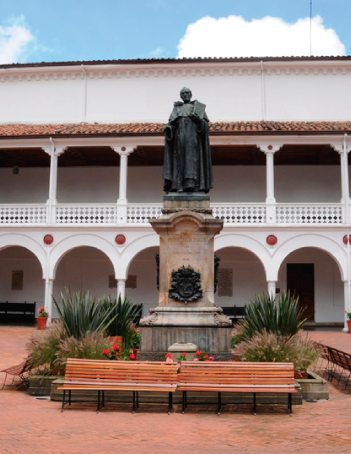
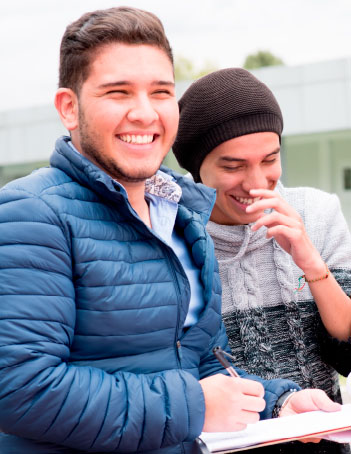

 Proyección social
Proyección social Filantropía
Filantropía Hagámoslo posible
Hagámoslo posible

 Libro de Reserva
Libro de Reserva
